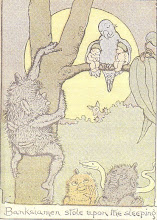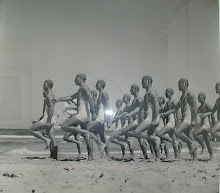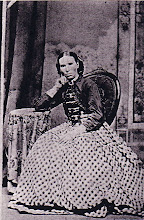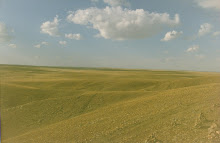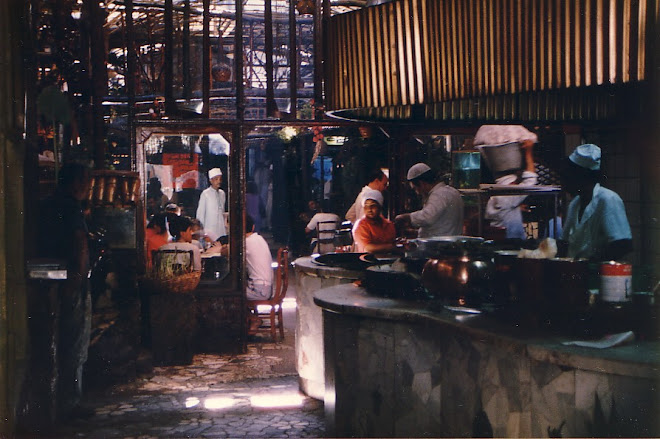I was doing some serious time-travelling this morning, way way back into distant antiquity: my first degree in fine art.
I was browsing one of my trusty but now metaphorically yellowing course books for a unit I took on C20 architecture, naturally from the aesthetic rather than engineering perspective. As Isipped my coffee (I wonder why 'sipping' seems such a tea thing?), I was flicking through the tome in question, my Charles Jencks's 'Modern Movements in Architecture', and was put in mind of megalomaniac and a visionary C18 architect Étienne-Louis Boullée (1728-1799).
Boullée's abstract geometric style, inspired by C17 and C18 French Classical architecture, took geometric forms to a giagantic and simplified scale. His proposed works that were devoid of ornament and used light and shadow and a sense of movement in highly innovative ways.



The French architect was interested in making architecture expressive of purpose, an approach his detractors termed 'architecture parlante' ('talking architecture').
Interior space is opened up to flow from one functional area to another rather than such areas being closed off in descrete separate 'rooms'.
By now you can see where this is heading!


Of course Boullée's work was re-discovered in the late C19 and early C20, influencing architecture, even as recently as that of Aldo Rossi (1931-1997) ...

... in his Bonnefanten Museum in Maastricht ...
You'll also know Rossi from his designs for Alessi ...
However, apart from a number of private houses designed beween 1762 and 1778, none of Boullée's large scale works were ever built, though his designs in engravings were circulated widely in professional circles.
I can't help having a sliding doors moment, wondering about the course of C19 architeture had it moved forward on Boullée's ideas and not taken to its various backward-looking Gothic/Rennaissance/electic diversions.
PS: Boullée recently-ish popped up unexpectedly at the movies. In Peter Greenaway's film 'The Belly of an Architect' (1987), whose main character, Stourley Krackite, is obsessed with celebrating the C18 French architect's work.


























































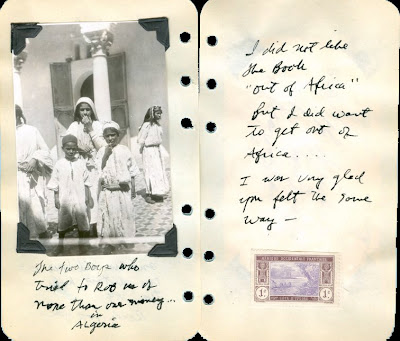




















![C18 Bronze Buddha [Southern China]](http://4.bp.blogspot.com/-pg5AYBcdb0k/VY-W9bzdjcI/AAAAAAAAE4U/pxWiGKSBIls/s1600/Buddha%2B%255BBronze%252C%2BC18%252C%2BChina%255D%2B1.jpg)




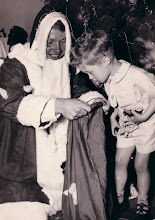






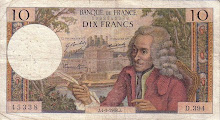
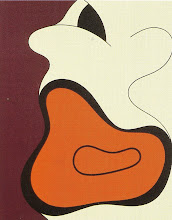+1998+Cropped.jpg)
